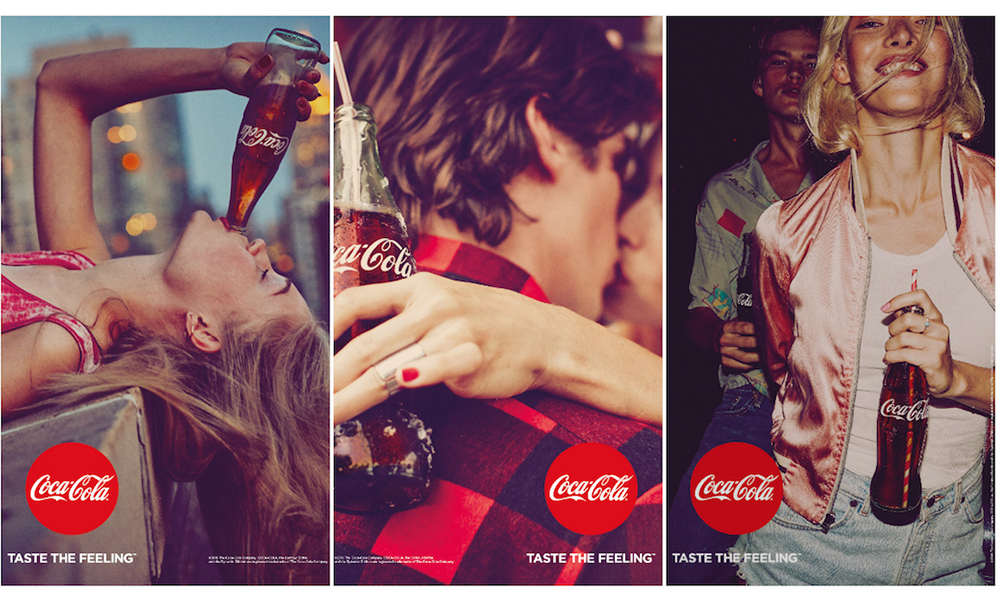Fear of failure drives consumers more than the promise of
success. The most powerful persuader of all was giving consumers a glimpse of
some future “feared self”
We all have some version of a future self we would take
great pains to avoid. Most people go to the gym not because they want to be
healthy, but because they are scared of getting flabby or out of shape.
Sometimes, advertisers prey on our fears of our worst selves
by activating insecurities that we did not even know we had.
This marketing approach:
- Pinpoint a problem, perhaps one the consumer
didn’t even know they had
- Exacerbate anxiety around the problem
- Sell the cure
According to Gavin Johnston, a behavioral science-based
branding consultant, many brands prey on what anthropologists dub “panoramic-fear”
– namely, “an overwhelming sense that control has been lost, prompting
consumers to scramble to find any kind of comfort they can.”
It’s these seemingly infinite fears that drive us to buy
triple-moisturizing creams.
Fear mixed with a high level of blame, regret, guilt or even
a dare tends to translate emotion into action. Women are more prone to fear and
guilt than men.
‘ Your dad wants you to have things he never had. Like hair’
reads an ad for Regaine. Immediately the male viewer thinks about his
hardworking, self-sacrificing father- before terror of losing more inches of
his own rapidly retreating hairline sets in. Notice the sly combination of
guilt and fear at work here?
An ad for the pain reliever Vloxx shows the famous figure
skater Dorothy Hamill perched on a bench, lacing up her skates, within the
voice-over "Along with all the memories has come something I thought I would
never experience – the pain of Osteoarthritis.” Our reaction? Oh no! if an Olympic
skater can come down with arthritis, so can I! but look – thanks to Vloxx, she’s
skating again! Fear followed by hope and renewal. The classic one-two punch.
How exactly do the drug companies play- and-prey on this
fear?
- They begin with solitary shots of our worst “feared”
self – a balding man, an overweight woman, or an unhappy or distracted child –
whose gaze is conspicuously averted.
- Once the person in the ad has taken whatever it
is designed to rectify their situation not only do they look brighter, happy,
and sexier, but they face straight ahead at the camera.
This accomplishes two things. First, averted gazes are
psychologically associated with shame and social isolation while a straight-
ahead gaze is a sign of confidence and connectedness.
Second, it invites you, the viewer, into the person’s life.
In the ad industry, this “after” picture is termed a “demand” photo, because the
newly slimmed down/refocused/cured model “demands” a connection from the
viewer. “Recognize me”, the photo says, “ meet my gaze. You know me. This brand
works. If you want to be as happy as I am use it.”





















0 comments:
Post a Comment